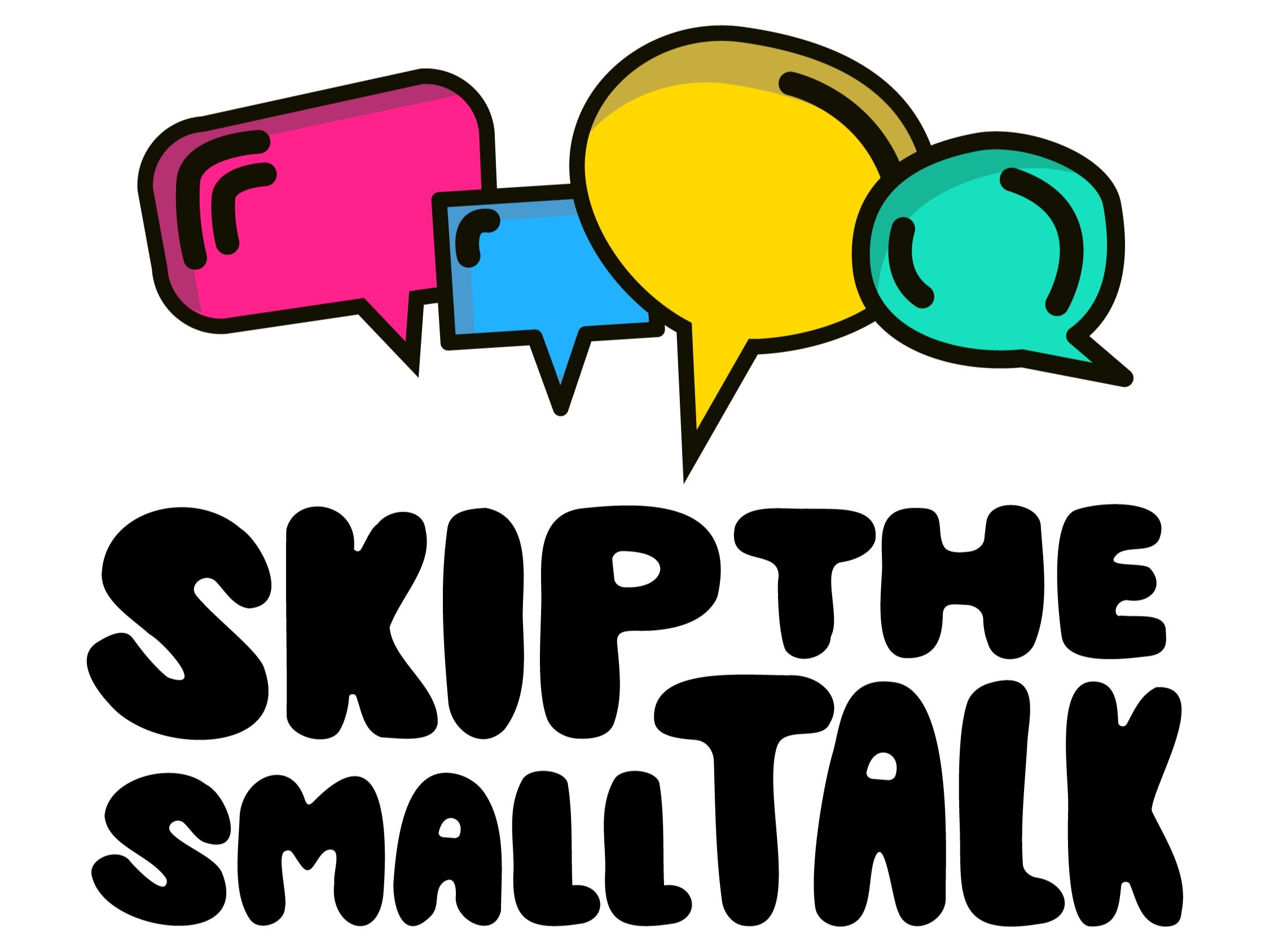How to write better e-mails
“Tuesday at 3 pm is great. Thanks for your flexibility. Looking forward to chatting then.”
Imagine that the above e-mail pops into your inbox. Do you get the impression that the message’s author is actually looking forward to talking to you? It probably depends on context, of course, but stock language like, “Looking forward to chatting,” or, “Thanks for your patience,” or even, “Sincerely,” are so overused that they’ve mostly lost their meaning. Those phrases and others like them are the “small talk” equivalent of e-mail; they’re polite, they usually don’t offer meaningful content, they don’t require a great deal of thought for either person in the interaction, and they are often the easiest mode of communication for people who don’t know each other well. (We’ll focus on work e-mails in this blogpost, but everything here applies just as much to other types of e-mails or online messages.)
Since those standard phrases are so easy to write and easy to digest, they can be a helpful staple for your e-mail writing repertoire. For instance, they can soften e-mails about logistics that might otherwise sound brusque.
However, if you are hoping to build rapport with someone, diverging from the standard e-mail script is a fantastic way to develop trust and liking. Maybe you are talking to a prospective client, and you want them to actually believe that you care about their needs (and hopefully, you do). Perhaps you are thanking an interviewer, and you want them to know that you really did appreciate their time. Maybe you want to build a relationship with a coworker and you want to get across that you actually are excited to have lunch with them.
So, how can you be authentic enough over e-mail to build relationships without turning your messages into long and awkward ripoffs of Hallmark greeting cards? In a word, specificity. You can use all the “thank you for your time”s and “looking forward to Tuesday”s that you want, as long as you follow them up with a sentence or so that demonstrates you’re actually telling the truth. You can consider this follow-up sentence as a way of saying, “No, really, I actually mean that thing I just said that your eyes might otherwise gloss over.”
For instance:
“Thank you for your time (stock phrase). I know that you’re especially busy with all the new clients you’re taking on this month, so I especially appreciate you taking a few hours to chat with me.” (This second sentence is saying: No, really, I’m thankful for your time.)
“Looking forward to Tuesday (stock phrase). Kelly has told me a bit about your ongoing project with the Boston Public Library, and I’m excited to hear more about it!” (This second sentence is saying: No, really, I’m looking forward to Tuesday.)
“Let’s meet at that new coffee shop in Union Square (stock phrase). They have my favorite cold brew in the city.” (This second sentence is saying: No, really, we should meet at that new coffee shop.)
The follow-up sentences above help the preceding sentences sound more compelling and authentic than the stock phrases alone, largely because the follow-ups help make the stock phrases seem more believable. This, in turn, can help you come across as more trustworthy, honest, and likable. You may have noticed that all of these example follow-up sentences include information about the author’s internal states (in order: appreciation, excitement, and a preference). Sharing even a sliver of your internal experience can be a great way to lend credence to any phrase that has otherwise been overused into meaninglessness.
It may not be a wise use of your time to always write your e-mails with specific follow-up sentences that share an internal state, but taking a few extra minutes to craft that e-mail to your prospective client or to your employee who’s been pulling extra hours at work can help you develop or maintain the relationships that matter to you.

